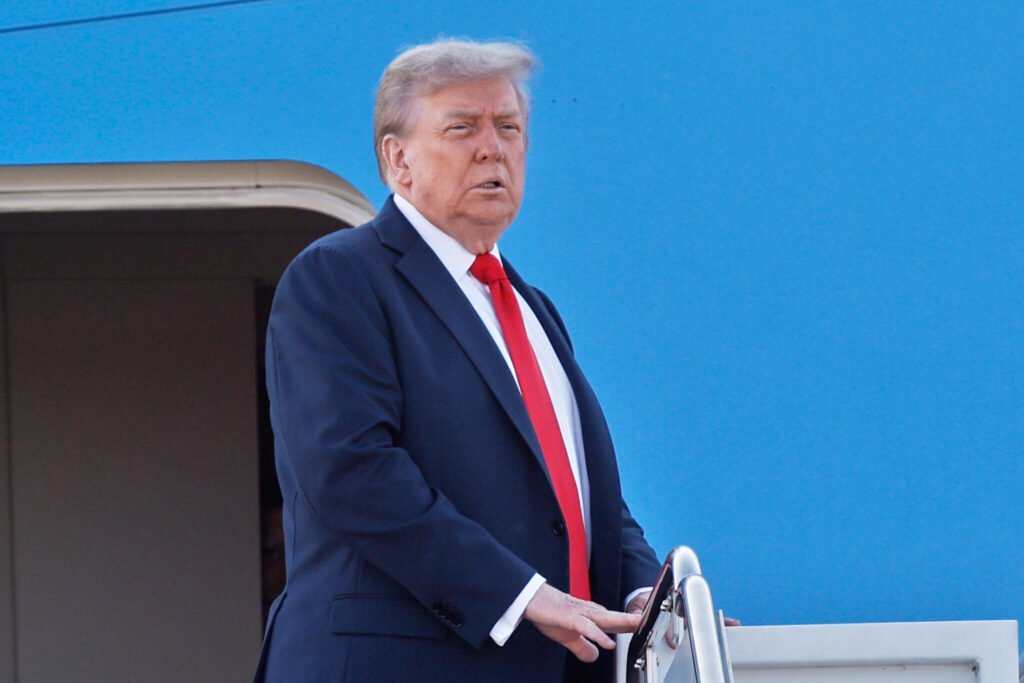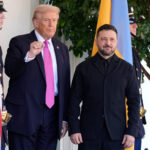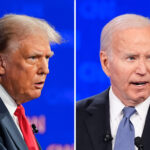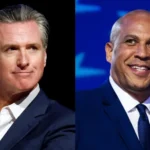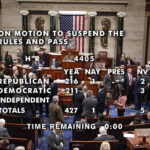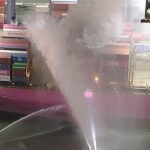Trump Heads to ‘High Stakes’ Alaska Summit with Putin on Ukraine/ Newslooks/ WASHINGTON/ J. Mansour/ Morning Edition/ Donald Trump and Vladimir Putin are meeting in Alaska to discuss a potential Ukraine ceasefire. Ukrainian President Zelenskiy was excluded, sparking concern over possible concessions. Both leaders aim to emerge with diplomatic wins amid international scrutiny.
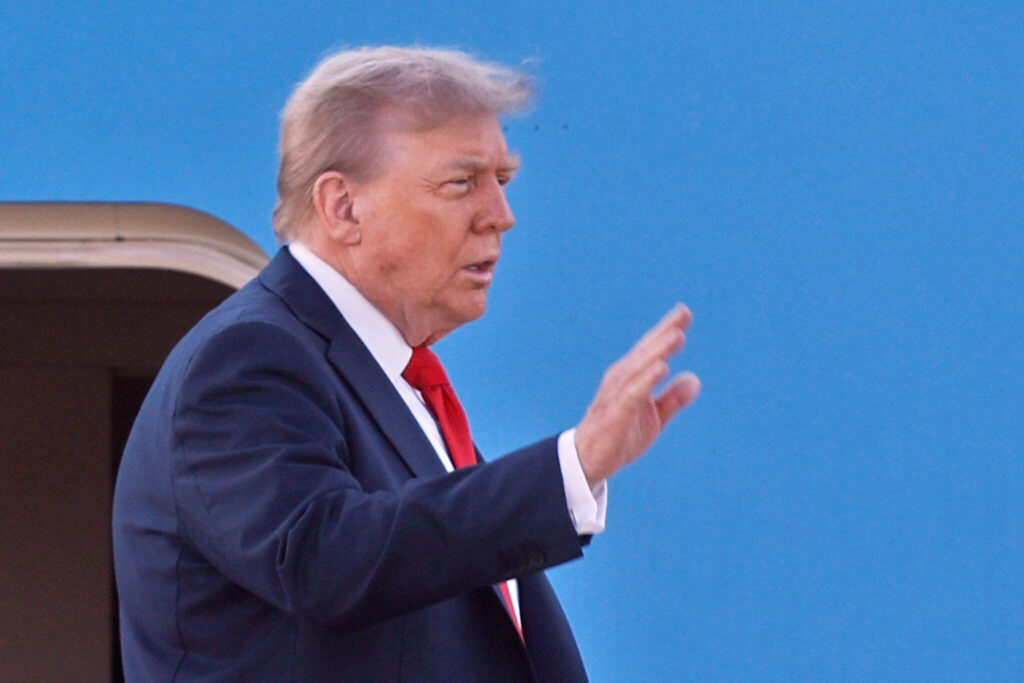
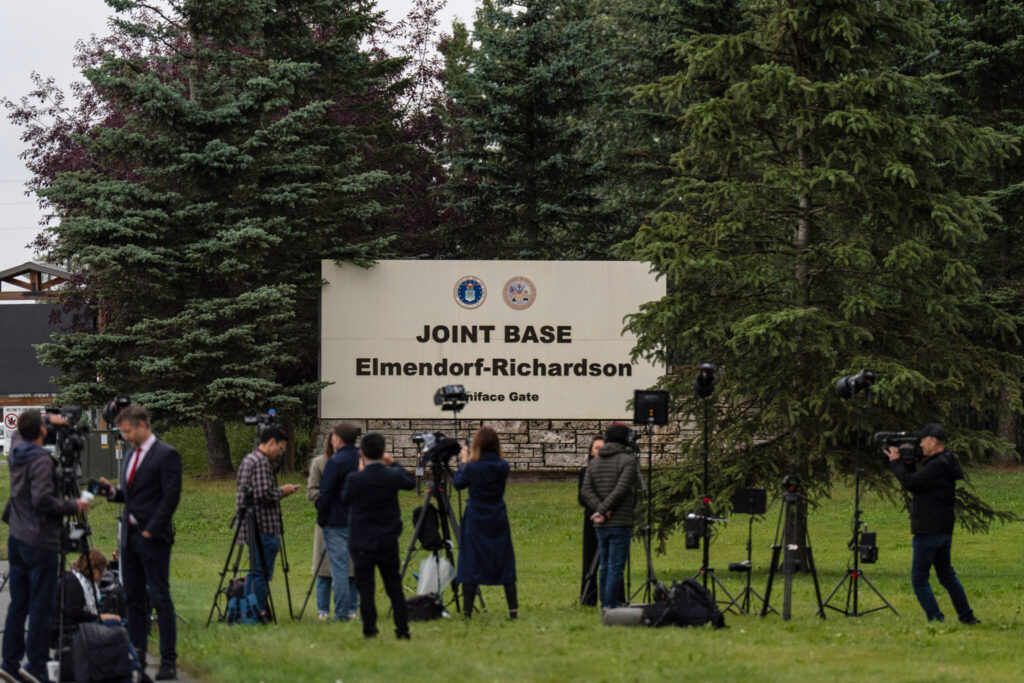
Trump-Putin Ukraine Talks Quick Looks
- Summit Location: Cold War-era U.S. Air Force base in Anchorage, Alaska
- Time: 11 a.m. local / 1900 GMT
- Purpose: Discussing a Ukraine ceasefire and potential NATO guarantees
- Trump’s Goal: Initiate peace talks, boost global peacemaker image
- Putin’s Leverage: End isolation, suggest arms control deal
- Zelenskiy’s Reaction: Demands security guarantees, was not invited
- Economic Pressure: Trump threatens tariffs, more sanctions if talks fail
- Common Ground: Hints at informal agreement or front-line freeze
- Public Sentiment: Ukrainians skeptical, protests erupt in Anchorage
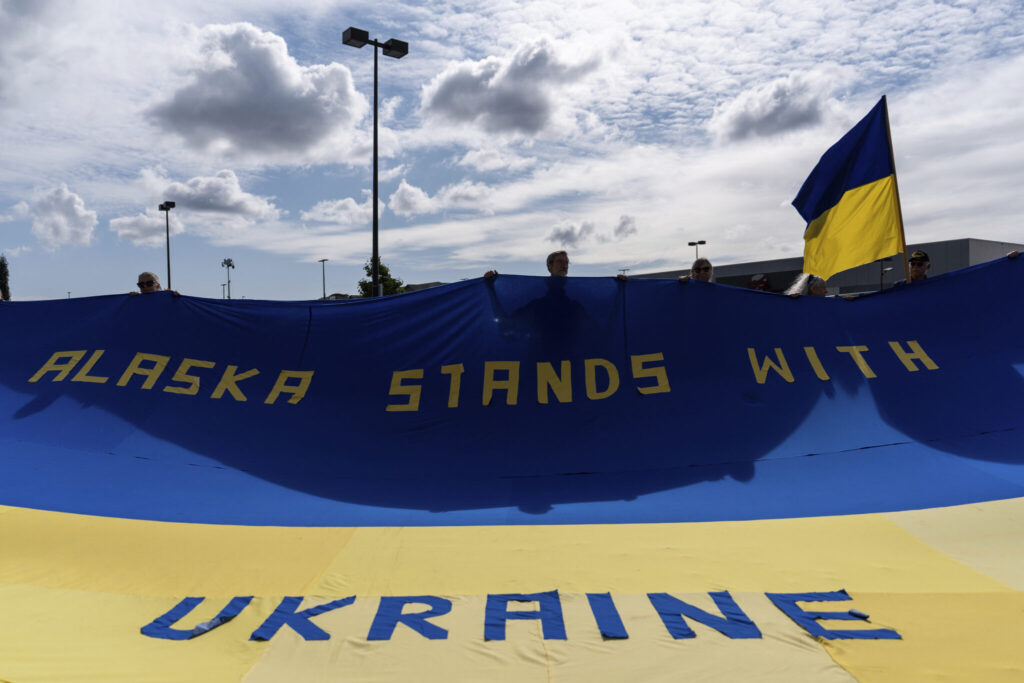
Deep Look: Trump and Putin Seek Common Ground in High-Stakes Alaska Summit
ANCHORAGE / MOSCOW — August 15, 2025 — In a diplomatic event loaded with geopolitical consequences, U.S. President Donald Trump arrived in Alaska for a pivotal face-to-face summit with Russian President Vladimir Putin. The meeting, which takes place at a Cold War-era military base in Anchorage, centers on securing a truce in Ukraine—Europe’s bloodiest conflict since World War II.
The summit marks the first direct conversation between Trump and Putin since Trump’s return to office. Framing the event as “high stakes,” Trump aims to catalyze peace negotiations and revive his image as a global mediator, while Putin seeks legitimacy on the world stage amid ongoing sanctions and war fatigue.
A Table Without Ukraine
Conspicuously absent from the talks is Ukrainian President Volodymyr Zelenskiy, whose exclusion has sparked unease among Kyiv and its allies. Many fear Trump could push for a compromise that effectively legitimizes Russian occupation over approximately 20% of Ukraine’s territory.
“I’m not negotiating for Ukraine,” Trump clarified aboard Air Force One. “I’m here to get everyone to the table.” He suggested that any territorial discussions should ultimately be decided by Ukrainians themselves.
Despite this, critics argue that bilateral talks without Ukrainian representation may sideline the nation’s sovereignty and potentially pressure Zelenskiy into future concessions.
Strategic Gains for Putin
From Moscow’s perspective, the summit itself is a victory. After years of Western attempts to isolate Russia diplomatically, Putin’s presence at a high-profile U.S.-led negotiation suggests a resurgence of Russian influence.
According to sources close to the Kremlin, Moscow is exploring the possibility of freezing the current front lines of the war. In exchange, Russia may seek a binding agreement to halt NATO’s eastward expansion and pressure for selective sanction relief.
A Russian insider noted, “For Putin, economic challenges are secondary to strategic goals—but he recognizes the growing vulnerability.”
In a potential carrot for Trump, Putin has raised the idea of a new nuclear arms control agreement—an initiative that could serve as a rare diplomatic achievement for both sides ahead of the U.S. elections.
The Trump Equation
Trump, who once vowed to end the war in 24 hours, conceded this week that the situation is more complex than anticipated. Still, he remains confident that a positive outcome in Alaska could pave the way for a broader, three-party summit involving Ukraine.
Of Putin, Trump said, “He’s a smart guy. We respect each other. But business is off the table until the war is settled.”
Trump has floated economic consequences should Russia resist compromise, including potential tariffs on nations that purchase Russian oil—targeting key buyers like China and India.
Zelenskiy’s Response: Calls for “Just Peace”
President Zelenskiy responded to the summit via Telegram, urging that any agreements must lead to a “just peace,” and emphasizing Ukraine’s requirement for concrete security guarantees, preferably backed by Washington.
However, the specifics of such a guarantee remain uncertain. The United States’ future role in Ukraine’s defense—especially under Trump’s second term—remains ambiguous.
Many Ukrainians expressed skepticism about the Alaska summit’s outcomes. “Nothing good will come of it,” said Tetiana Harkavenko, a 65-year-old Kyiv resident. “We won’t surrender our land.”
Protests in Anchorage
Meanwhile, Anchorage became the stage for loud protests in support of Ukraine. Demonstrators waved flags, held signs urging solidarity, and voiced concern over any behind-the-scenes deals that could compromise Ukraine’s sovereignty.
As the summit gets underway, the world watches closely, weighing the risks and potential diplomatic shifts that could reshape the war and the future of global alliances.

